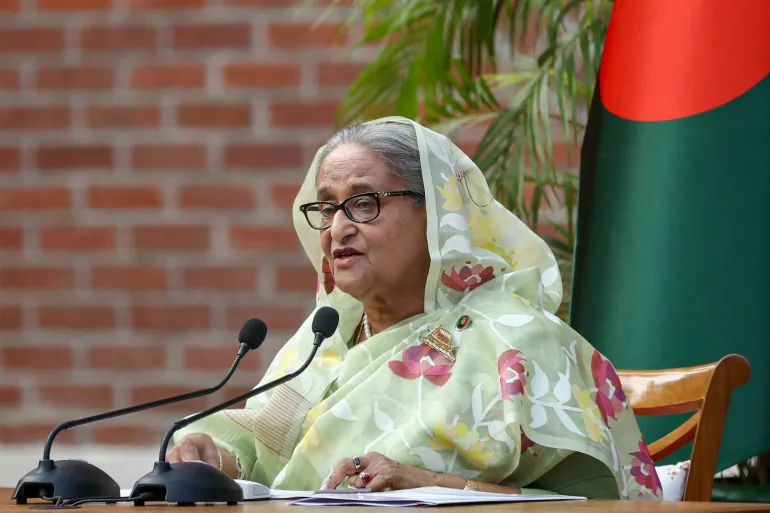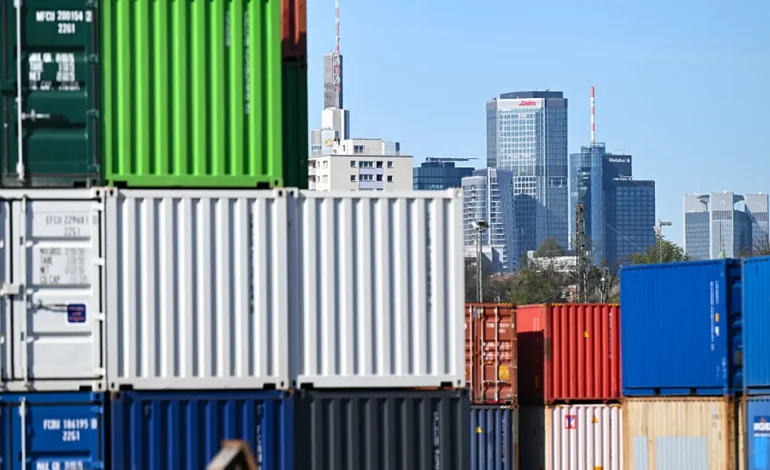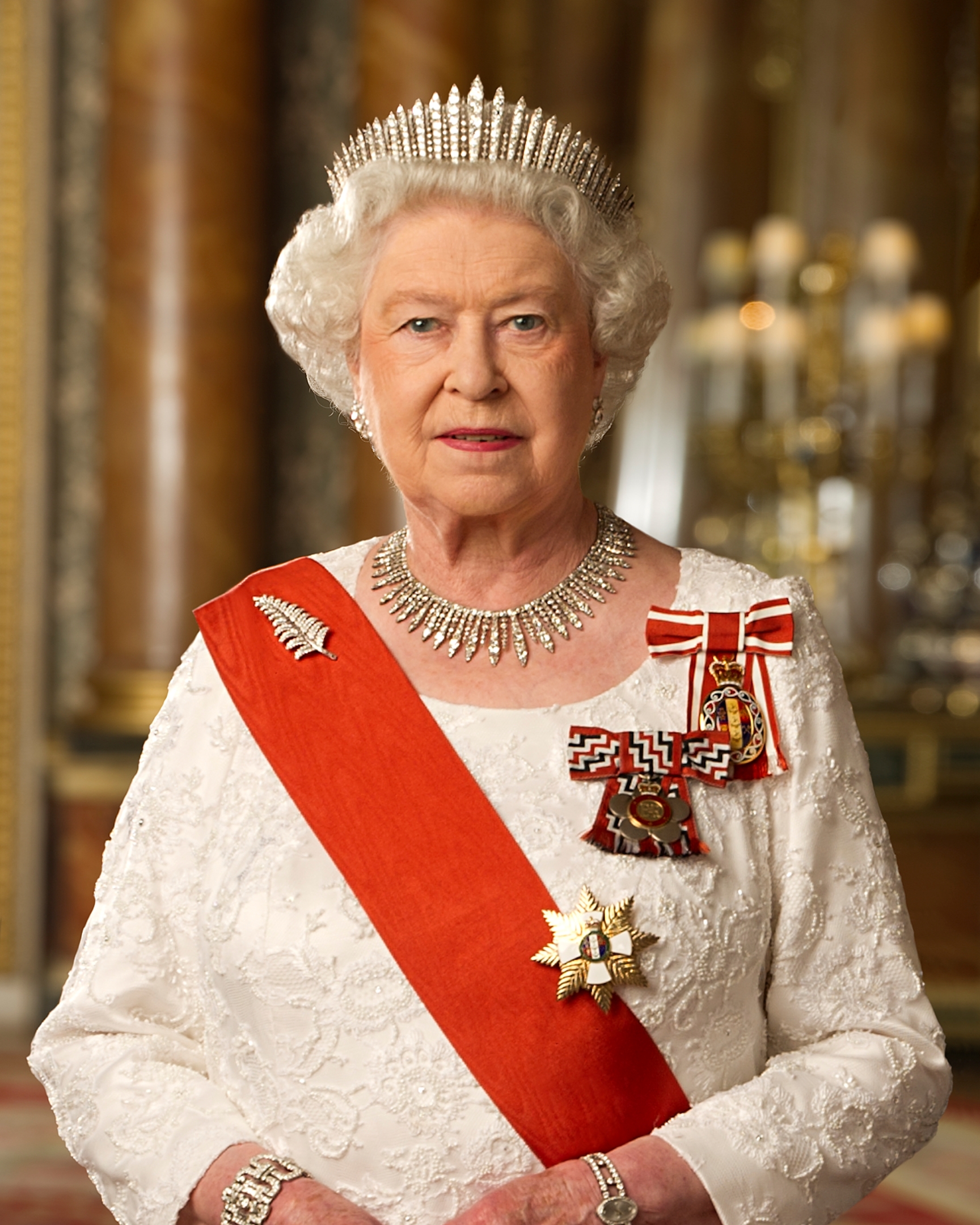The eurozone economy grew by 0.4% in the first quarter of 2025, surpassing expectations and offering a temporary lift to the region before the anticipated impact of rising global trade tensions.
Flash estimates released by Eurostat on Wednesday showed the economy of the 20-nation bloc expanded at twice the pace predicted by economists, who had forecast a 0.2% increase.
The growth figure, double that of the final quarter of 2024, reflects a mixed regional picture. Southern and smaller eurozone economies outperformed their larger peers. Spain and Lithuania both recorded 0.6% growth, while Ireland’s economy surged by 3.2%, a figure often volatile due to the activity of multinational firms. Italy posted 0.3% growth, while Germany and France expanded by 0.2% and 0.1%, respectively.
Franziska Palmas, senior Europe economist at Capital Economics, noted that while the numbers suggest the eurozone started the year on a firmer footing than anticipated, underlying risks remain.
“We still expect growth to slow sharply in the next six months as US tariffs introduced in April will hit activity,” Palmas said.
US President Donald Trump’s sweeping tariff measures—announced on April 2 and dubbed “Liberation Day”—have triggered renewed uncertainty across global markets. The eurozone faces 20% blanket tariffs from the US, as well as sector-specific duties on steel, aluminum, and autos. While these levies have been temporarily suspended until July for further negotiation, the economic fallout is already affecting business sentiment.
Figures released earlier this week showed eurozone economic sentiment had dropped to its lowest level since December 2024. Meanwhile, some of Europe’s largest exporters, including Germany’s carmakers, have issued warnings that the tariff regime could hit profits and investment decisions in the months ahead.
Despite the stronger-than-expected GDP growth, financial markets showed a muted response. The euro edged down 0.08% against the US dollar and rose 0.2% versus the British pound. Germany’s benchmark 10-year bond yield fell three basis points, reflecting ongoing investor caution.
The European Central Bank (ECB), which has already cut its key interest rate seven times since mid-2023, reduced the deposit facility rate to 2.25% earlier this month. While inflation in the eurozone edged closer to the ECB’s 2% target in March at 2.2%, policymakers have warned that worsening trade conditions could weigh on growth and bring inflation below target.
In its March forecast, the ECB projected eurozone growth of 0.9% for 2025, a figure that may be revised down in its June update. ECB President Christine Lagarde recently cautioned that while the disinflation process is progressing, “shocks” from trade tensions could dampen the economic outlook further.
The eurozone’s recent growth momentum may also be temporary, as several countries, including Germany, experienced pre-tariff stockpiling of goods—artificially boosting first-quarter activity. Analysts warn that subsequent quarters may reflect a pullback in investment and consumption.
With input from CNBC, the Wall Street Journal, Reuters, and the Financial Times.









The latest news in your social feeds
Subscribe to our social media platforms to stay tuned